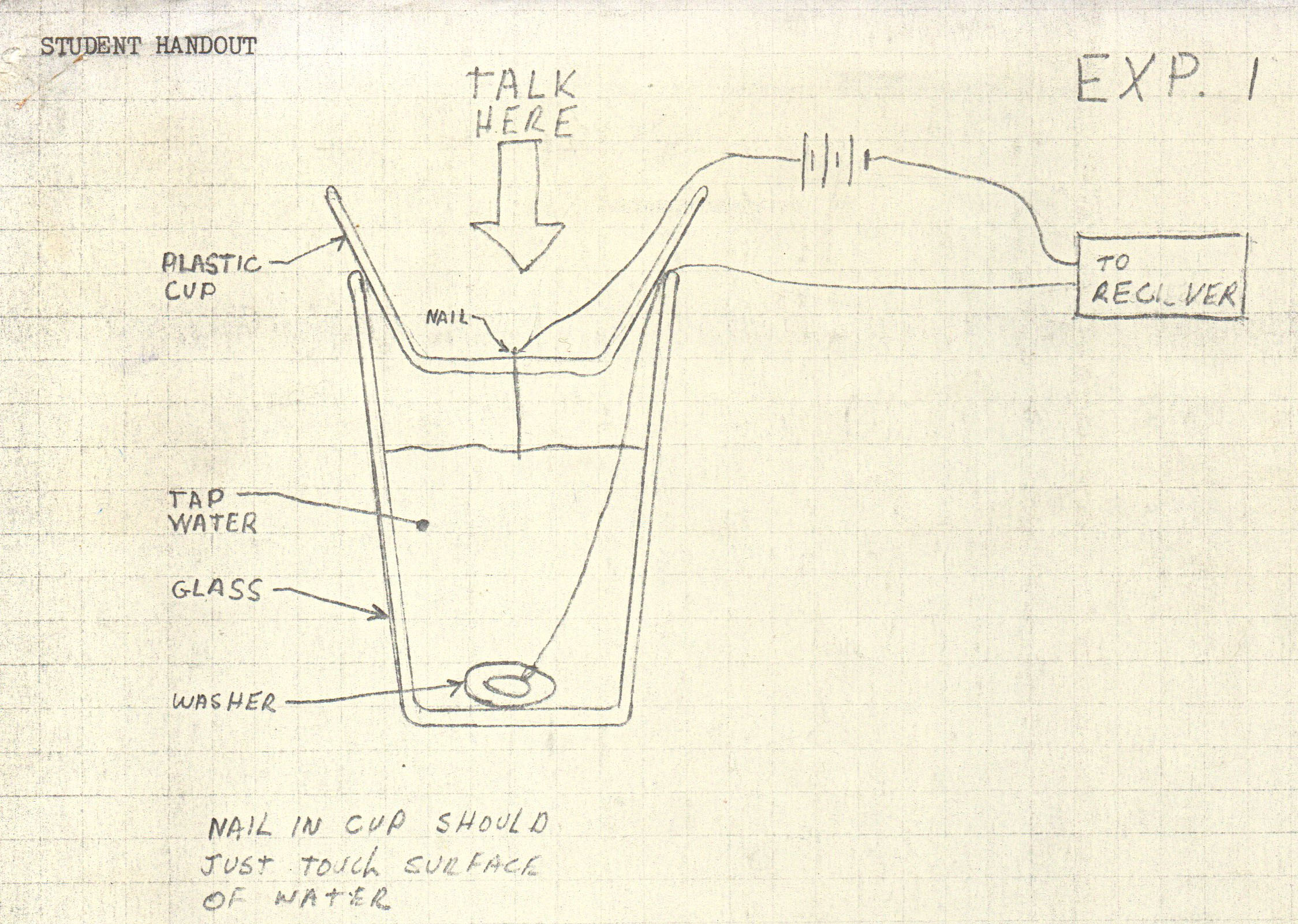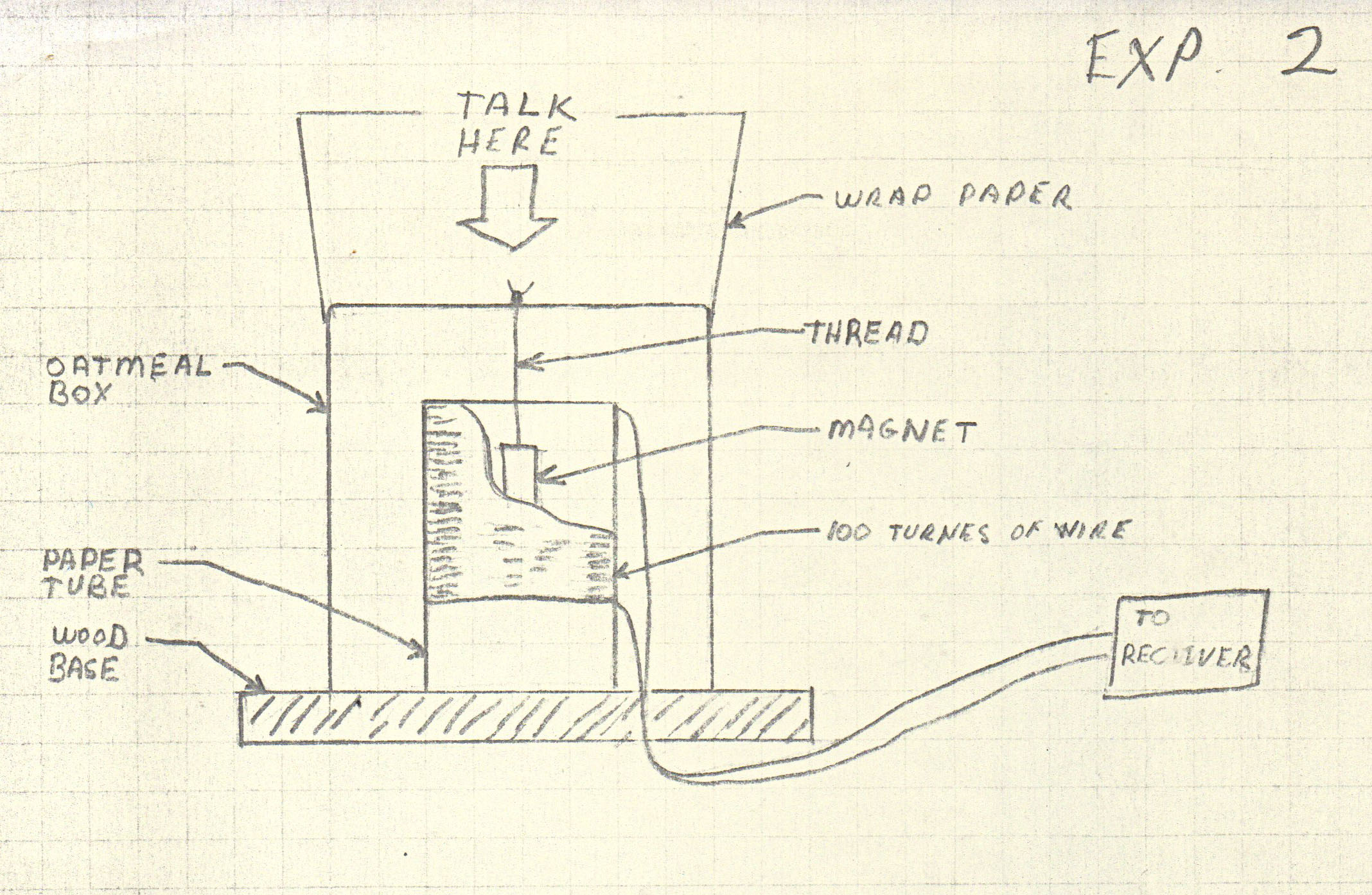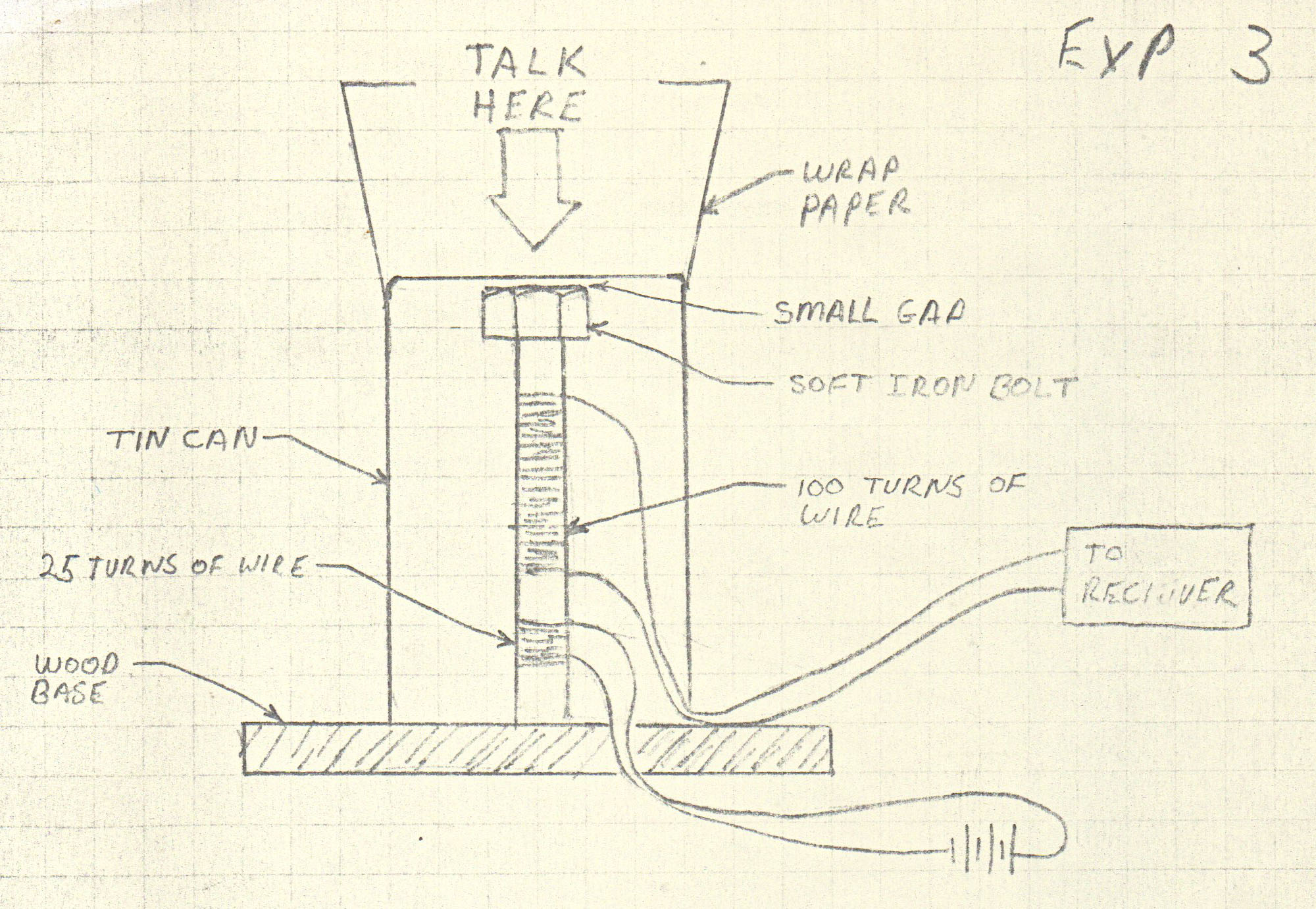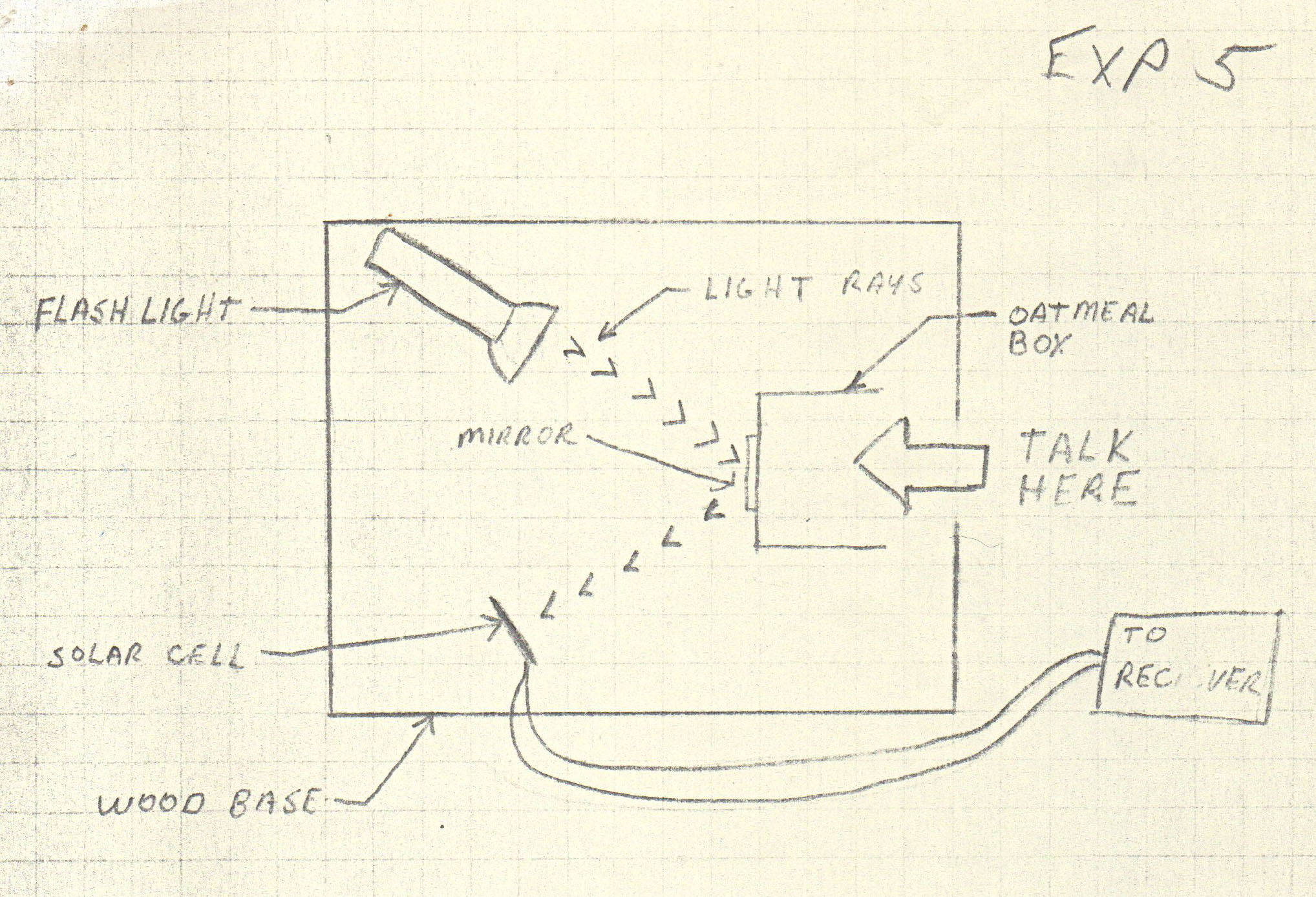Transmitting Sound Waves: Bell Experiments
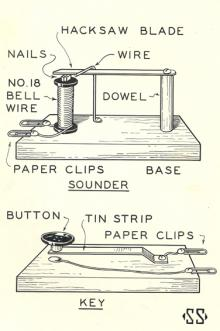 In the late 1800’s, People around the world were trying to find a way to transmit voice sound waves through an electrical wire. The telegraph was in wide use at this time. The telegraph used an electromagnet to pull a “hammer” making a click sound. This device could send a series of dots and dashes over miles. But, a code was needed to convert the series of dots and dashes to letters and numbers. Morris code was the answer.
In the late 1800’s, People around the world were trying to find a way to transmit voice sound waves through an electrical wire. The telegraph was in wide use at this time. The telegraph used an electromagnet to pull a “hammer” making a click sound. This device could send a series of dots and dashes over miles. But, a code was needed to convert the series of dots and dashes to letters and numbers. Morris code was the answer.
Still, everybody knew that sending your voice over a wire would be much better. But, much harder. With the telegraph, a key (or switch) is pressed at point A. At point B, an electromagnet mimics this action electro-mechanically. So, can the same be done with your voice?
To do this, the electricity or current traveling through the wire needs to replicate the vibration of your vocal cords or the waves produced by your vocal cords.
To convert sound energy to electrical energy, two hypotheses were tested:
1. Vary electrical resistance from the vibration of sound waves. The challenge is to find materials that change resistance from the pressure of sound waves. This experiment uses water as a resistor.
2. Use magnets and coils to generate electricity from the vibrating energy of sound waves.
Let's add another given our modern times.
3. light…
But, before you get started on building your prototype, Let's walk through Prototype #1 build. You will better understand the experimental process.
 In the late 1800’s, People around the world were trying to find a way to transmit voice sound waves through an electrical wire. The telegraph was in wide use at this time. The telegraph used an electromagnet to pull a “hammer” making a click sound. This device could send a series of dots and dashes over miles. But, a code was needed to convert the series of dots and dashes to letters and numbers. Morris code was the answer.
In the late 1800’s, People around the world were trying to find a way to transmit voice sound waves through an electrical wire. The telegraph was in wide use at this time. The telegraph used an electromagnet to pull a “hammer” making a click sound. This device could send a series of dots and dashes over miles. But, a code was needed to convert the series of dots and dashes to letters and numbers. Morris code was the answer.
